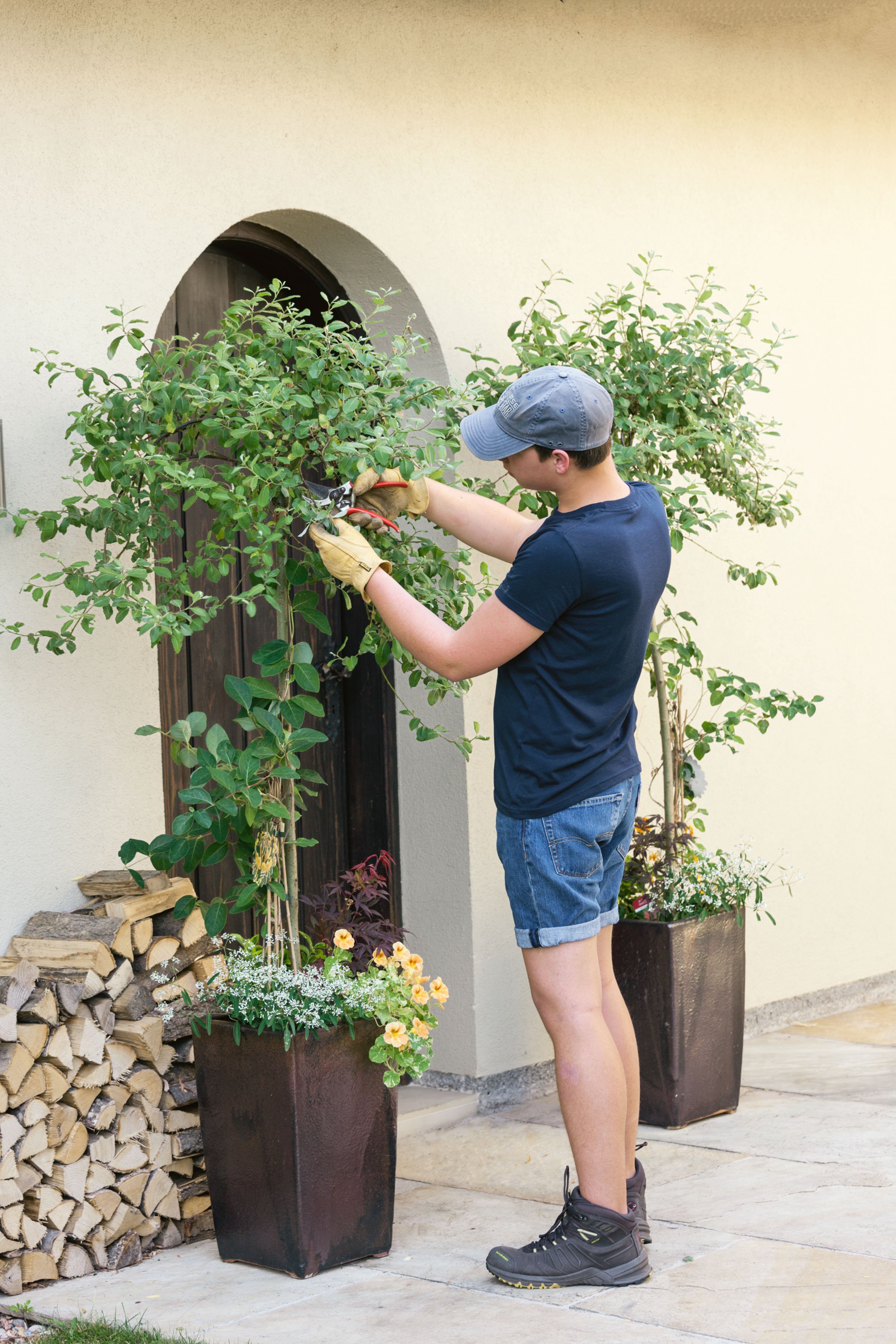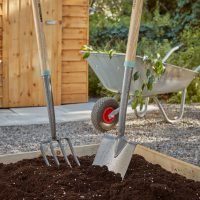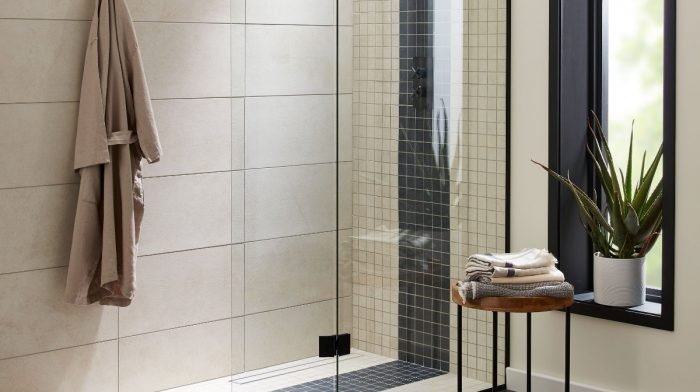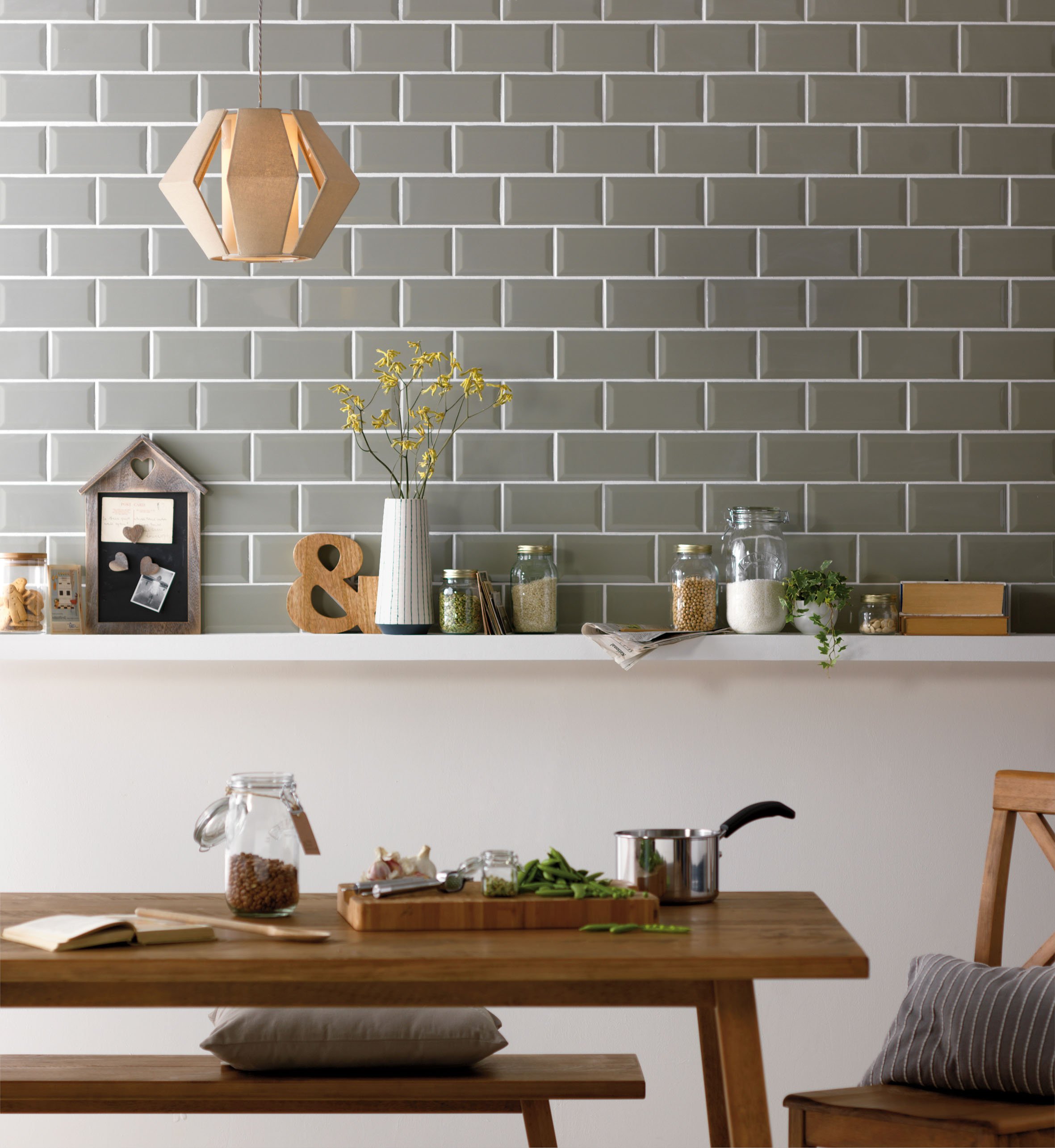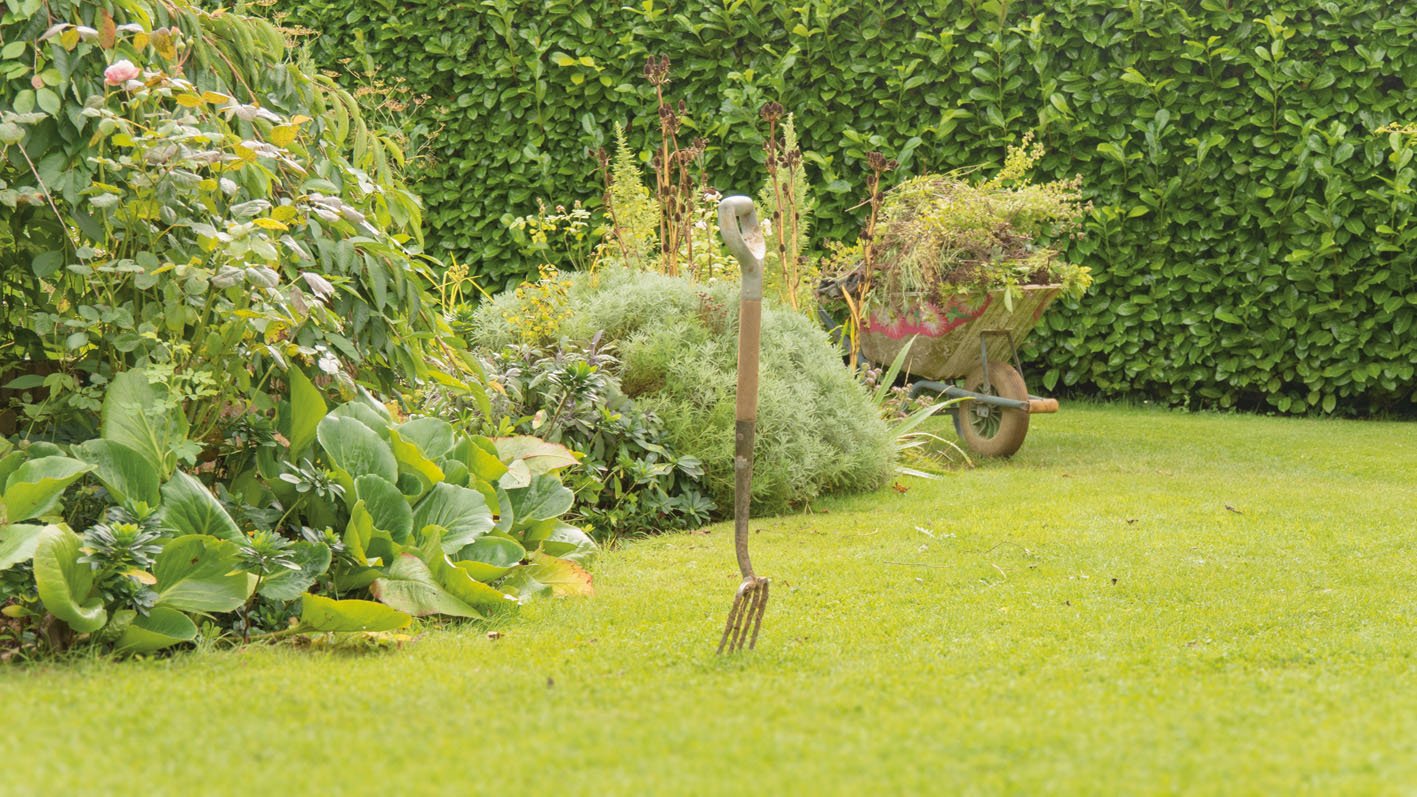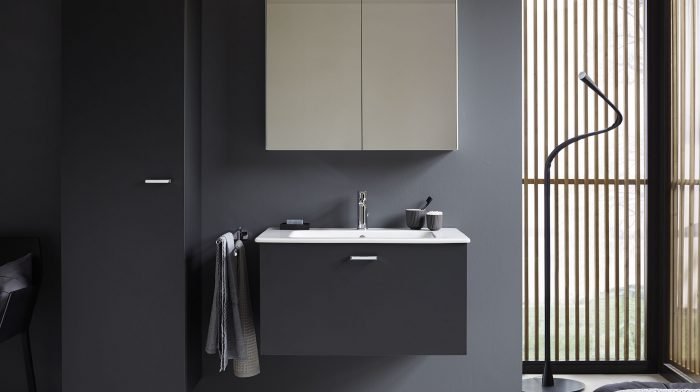If you want to keep your hedges, shrubs and saplings looking neat and tidy, you’re going to need the best secateurs for the job. And we’re here to help you find them. Depending on your garden type and hand strength, there are several different types of secateurs you may need. This handy how‐to guide is going to help you to choose which secateurs are best for you.

-
Bypass
These are the most common type of secateurs. You’ll most likely recognise Bypass Secateurs, as they have a similar mechanism to a classic set of scissors – two blades that glide past each other, hence the name.
Curved, sharpened blades ensure a clean cut ‐ meaning they’re ideal for tackling everything from thick hedge branches and fully gown shrubs, to delicate saplings and plant leaves too. Bypass Secateurs are an ideal all‐rounded set that will help with plenty of jobs.
-
Anvil
A very different type of secateurs, Anvil Secateurs are a lot like a knife on a chopping board – with the sharp upper blade “crushing” down onto a flat metal base. Highly effective on thick branches or dead wood, Anvil Secateurs shouldn’t be used on hedges, plants or shrubs – as they’re likely to bruise anything around the cut.
-
Ratchet
Available with either Bypass or Anvil blades, Ratchet Secateurs use an extra spring to hold your blades in place each time you make a cut. This way you can keep squeezing the handles to chop your way through thick branches, bit by bit, and take the strain off your hands.
-
Cut and hold
Ideal for those who like to work tidily – Cut and Hold Secateurs hold onto the stem after you’ve cut them. This means you can put the stems straight into a bag or bin, instead of having to bend down and pick them all up afterwards.
-
The best secateur materials
There’s a reason almost all secateurs are made from steel – it’s sharp, sturdy, long‐lasting, and often able to be re‐sharpened. Just make sure you invest in good quality steel, such as stainless or carbon.
Top tip: The sharper your blades, the less force or pressure you need to cut. All of which means, less wrist strain for you.
-
Taking care of your secateurs
Even the highest quality steel secateurs can chip or warp if not used properly, so it’s a good idea to look after them. Limit your garden cutting to wood and plants – steering clear of stone, metal, plastic or wire, as it could damage your edges.
As for your cutting motion, try to cut stems and branches diagonally – as cutting straight across can strain the hinge with uneven pressure. Jamming is another common secateur complaint, and it’s often down to grass fibres or sticky tree sap. In either case, cleaning them with soapy water, drying and wiping down with an oily cloth should see them back to their best in no time. Just be careful of the blade while doing this.
-
Price
Based on design, steel quality and brand name – secateurs can range from anywhere between £15 to £150 in price, though expensive doesn’t always mean better. The most important thing is to find secateurs that fit your hand, cutting style and budget.
-
Useful features
Want a pair of secateurs that does it all? Depending on the model you pick, some come with added features for safety or ease of use, such as:
- A safety lock: Usually either a safety clip or catch, this feature is designed to keep your secateur blades together when not in use – avoiding any sharp accidents or wear and tear.
- Brightly coloured handles: Although secateurs can come in all colours and designs, keep your eye out for brightly coloured or luminous handles – as it makes life a lot easier when you misplace yours in a pile of leaves or under some branches.
- One handed: Pruning should be easy, right? If you find the right sized secateurs for your hand, and make sure they’re nice and sharp, you can do most of your cutting with one hand. Just make sure it’s a left or right‐handed secateur, depending on what you need.
- Rolling handles: Also known as “moving handles”, the lower handle on rolling handle secateurs rolls (as the name suggests) with the hand as it opens and closes. Not only does this mean less strain on your hand muscles, but it means less force is required to cut too – saving you from effort and hand blisters. It can take some getting used to though, so practice in your spare time before heading into the garden.
Find the best product for you

